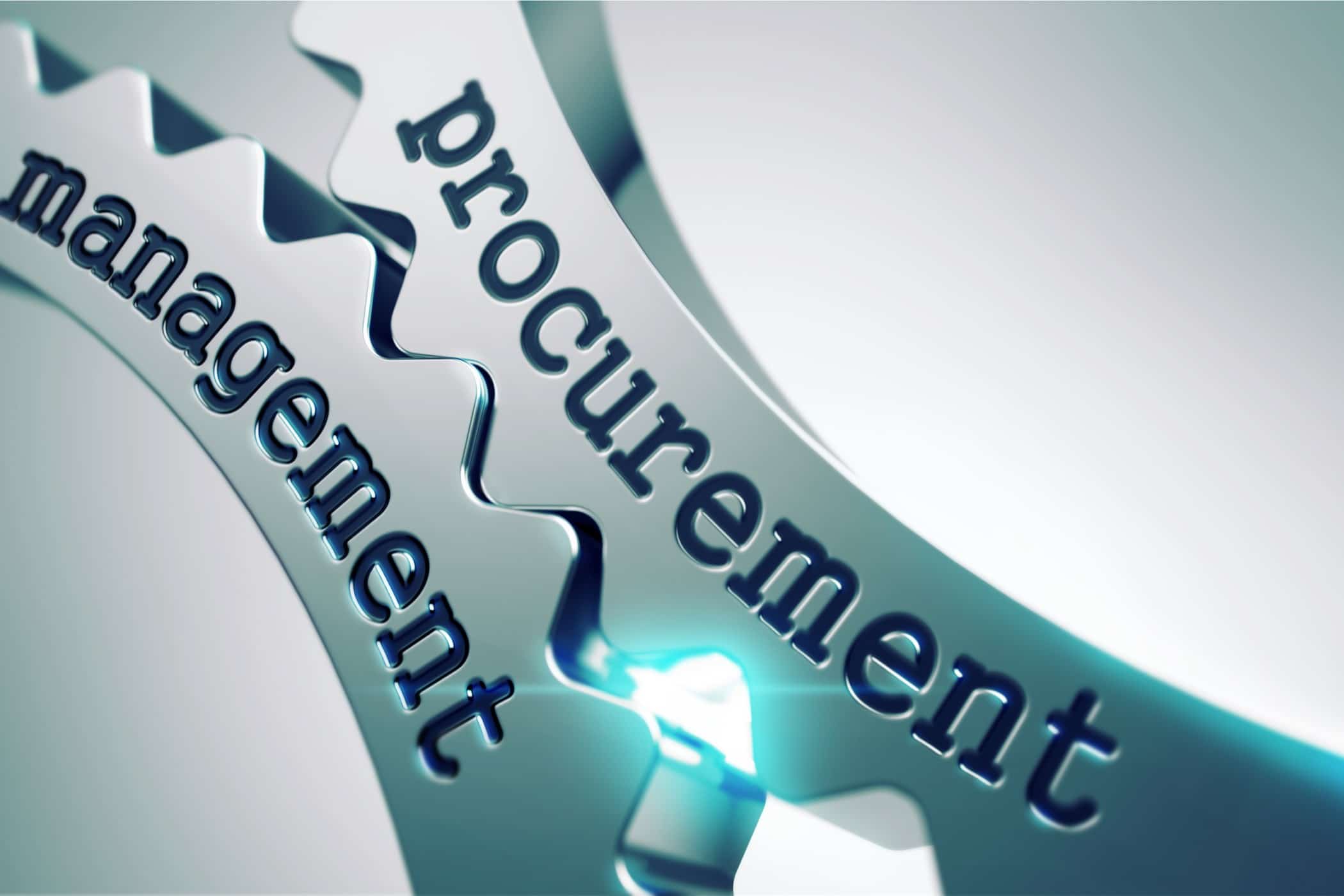Seasonal Merchandise Guide: How to organize your store according to season?



Every fashion brand can agree that time of year plays a very important part in how products are displayed and what is on offer. No matter the brand, seasonal merchandise plays a crucial part in their profit strategy. In this article, let's explore how a store can be organized according to the season. This ensures that customers can find what they're looking for without any hassle!
Common Challenges with Seasonal Merchandise Planning
For many small businesses, seasonal merchandise is a common way to boost sales and keep customers coming back. But with the holidays right around the corner, many entrepreneurs are unprepared for the increase in demand. There are a few common challenges that small businesses face when planning their seasonal merchandising:

1) Not knowing what to sell. One of the biggest challenges with seasonal merchandise is deciding what to sell. If they don't have a plan, they may be tempted to buy more inventory than needed to generate sales. This can quickly lead to excess inventory and higher costs. It's important to have a solid plan before buying items to know what will be selling and how much will be needed.
2) Choosing the wrong products. Another common problem with seasonal merchandise is choosing the wrong products. Instead of focusing on products that will be popular throughout the season, try selling items that are specific to a certain time of year. For example, during Springtime, sellers might focus on flowers and plants, while buyers might consider sweaters and boots in the Fall season.
3) Finding the right prices. Seasonal merchandise can also be difficult to price correctly. Before starting to sell items, it's important to consider the market rate for that particular product. Also, know how much the product costs to produce and ship. Too high a price can lead to low sales, while a too low price may not cover the cost of production.
4) Overproduction and wasted inventory. Another common problem with seasonal merchandising is overproduction and wasted inventory. If merchandisers don't have a plan, they may feel pressured to produce more items than needed to make a profit. This can lead to excess inventory that is ultimately wasted. To avoid this problem, it's important to have realistic expectations about how much product the business will sell in each season. Additionally, it's important to track inventory levels and adjust the pricing accordingly.
There are many challenges that small businesses face when planning their seasonal merchandise, but with the help of a seasoned professional, these problems can be overcome.
Inventory planning
There is never a wrong time to start thinking about the holiday inventory, but planning for the busiest season is especially important. Here are four tips to help organize the store for the season!
1. Setup a seasonal aisle: To make the most of the seasonal aisle, it’s important to set up a dedicated space for each season. This way, customers know what to expect when they visit the store. Set up the seasonal aisles in advance by marking where they will be located on the store floor.
2. Create a “ready-to-shop” section: One of the best ways to keep customers happy is to have an organized and ready-to-shop section. This means that the products are neatly arranged and tagged with corresponding product descriptions. This makes it easy for customers to find what they’re looking for and eliminates the need to wander around the store.
3. Keep track of inventory: One of the most important things to reduce stress during peak shopping season is to keep track of inventory levels. Use tags or clipboards to track items as they are brought into the store and update them as necessary. This will help in staying aware of how much stock is there and ensure inventory is not running low on any particular product.
4. Prioritize clearance items: When planning the holiday inventory, it’s important to prioritize clearance items. This way, it ensures that the most popular products are available at a discounted price. Clearance items should be placed at the front of the store so that they are front and center when customers walk in.
Sales and discounts planning
When organizing the store, according to the season, not only helps track what is in stock but also helps plan sales accordingly.
For example, if a merchandiser is selling Christmas items, it is important to have a section for those items on the shelves. Make sure to put up holiday decorations and adjust the prices accordingly.
Another important thing to do is to plan the discount policies. This will help get the most out of customers and keep them coming back. It is also important to adjust prices for seasonal items so that businesses make a profit no matter what the weather is like outside.
Demand-Driven Space Allotment
When it comes to seasonal organizing, allotting different areas in the store to different types of merchandise is important. For example, during the summertime, it is wise to dedicate a section of the store to swimwear and beach accessories. During the fall and winter, focus on items related to the colder seasons, such as hats and coats. The key is to keep things demand-driven so that merchandisers know what items are most popular and likely to be selling well.
Engage more than one sense
Don't forget to engage more than one sense when planning the seasonal displays. Using fragrances, colors, textures, and sounds can really bring the season to life for the customers. Try using different types of candles during the wintertime or releasing a warm scent when it's summertime. Create a festive atmosphere by playing music and adding lights. And, of course, there's no need to stop at just visuals - adding some tasty treats to the shelves or even concocting a special hot drink for the colder months will engage the customers more!
Compelling signage
Now it's time to get creative with signage. there is no need for a lot of expensive decorations to make the store attractive; simple graphics or posters can do the trick. And don't forget about the displays! Place seasonal items near the front of the store, so they're easy to see and grab (or buy!).
Try some of these ideas:
- Create a festive banner or sign with the store's name and logo.
- Display holiday sweaters near the entrance.
- Position discounted items near the registers.
- Set up a display of personalized products.
- Display the store's latest arrivals near the entrance.
Whatever the marketing planning is, make sure the signage is eye-catching and draws people in!
Conclusion
It can be hard to keep track of what goes where in the store during the different seasons. But with a little organization, it is easy to make everything look neat and tidy. Running a small business will not only help sell more products, but it can also be fun! By following these simple tips, you can ensure that the store is always stocked with what customers are looking for!

With the changing seasons, so are the needs of the customers. Fashinza helps organize the go-to store, according to each season to make sure the customers find everything they're looking for while offering more interest throughout the year.



















